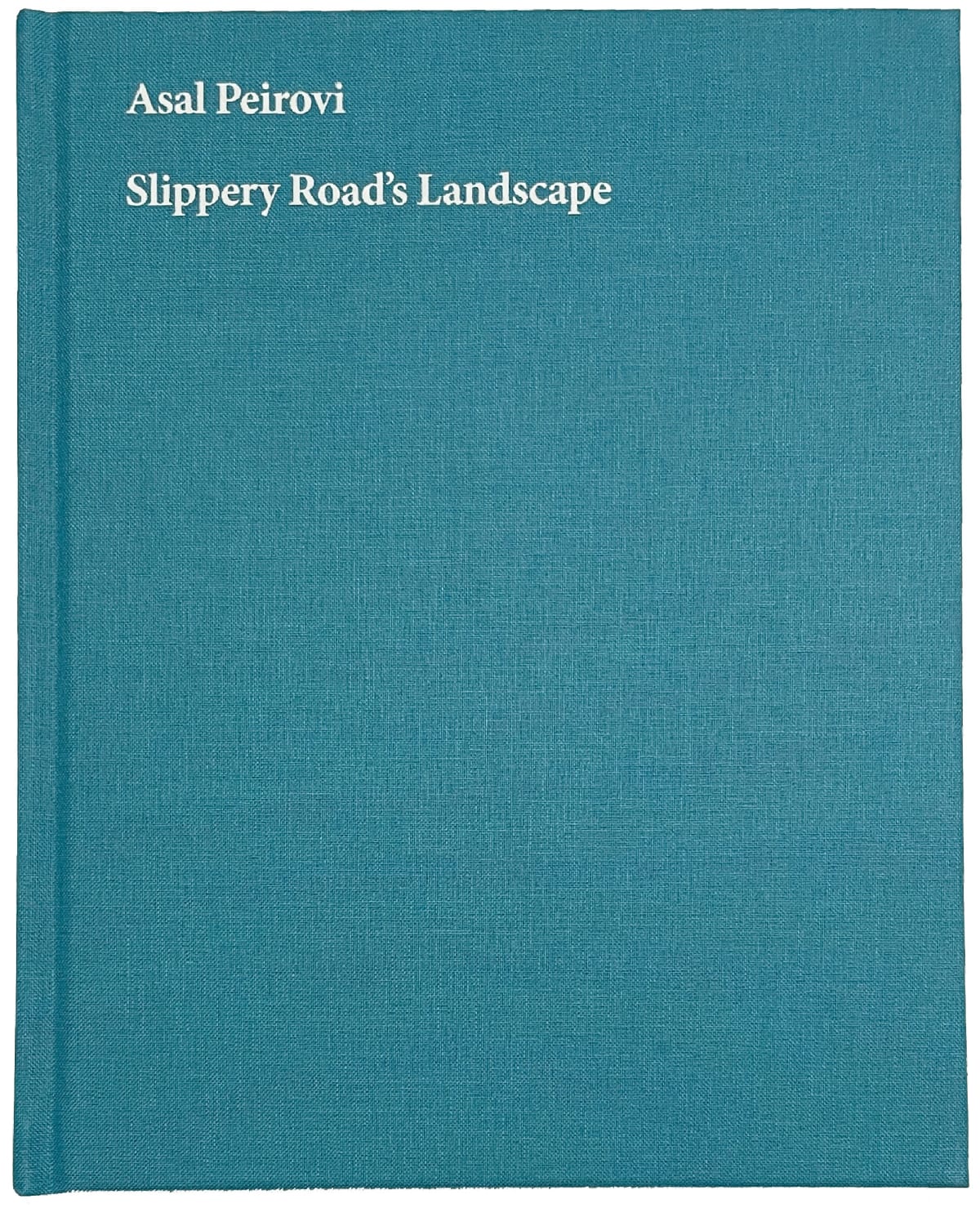ASAL PEIROVI: "Curtains II"
STANDARD (OSLO)
PRESS RELEASE
-----
ASAL PEIROVI
«CURTAINS II»
24.05.2019-06.07.2019 / PREVIEW: 24.05.2019 / 19.00-21.00
-----
I.
"The artist should paint not only what he sees before him, but also what he sees within him. If, however, he sees nothing within him, then he should also refrain from painting that which he sees before him. Otherwise, his pictures will be like those folding screens behind which one expects to find only the sick or the dead."
- Caspar David Friedrich (undated), as quoted in Vaughan, William: German Romantic Painting, Yale University Press (1994), p. 68
II.
With each step it gets easier. It is a simple design yet a poetic paradox: each step that you make, when climbing the stone staircase that brings you up to the meditation hill of Almhöjden, rises lower than the previous step you made.
Conceived by the Swedish architect Sigurd Lewerentz as part of the Woodland Cemetery (the initial design dating back to 1915 and the first phase of building completed between 1917 and 1920), it is a plain physical spacing out of the entrance. But it is also an act of empathy making those last few steps for the one who is mourning more manageable. Once you have reached the top of the stairs what reveals itself is a progressively scaled sequence of squares - starting with the stone-clad pit at the centre, enveloped by a grassy lawn, enclosed by a stone wall and finally lined by the twelve umbrella-shaped Camperdown elm trees that have given the site its name. It is a place for thought not conditioned by any faith - a bare minimum amount of building allowing for an architecture of consolation and for consolation in nature.
III.
What is it that makes a place sacred? At the centre of Lewerentz' design of Almhöjden is a void. The stone-clad pit, while also allowing for candles to be lit and placed inside of it, remains empty and dark during a greater number of days of the year - more resembling a hole than hope. Holes also inhabit the seven paintings by Asal Peirovi for her first exhibition at STANDARD (OSLO). They are holes in the ground, puncturing the mountain landscapes of Northern Iran that she repeatedly returns to in her travels and in her paintings. They are pipes perforating a hillside, allowing for water to appear from some unknown source. They are deeply recessed and dark windows on the facade of a monochromatic building, neither permitting us a view of the interior nor presenting much of a view of the exterior for anyone located inside. They are tunnels, portals and doorways, allowing for the transition from what we see spread across the picture plane to what we do not know beyond. They are dark interruptions of a nature and architecture that is eerily illuminated with the same intensity and appearing without any shadows or sense of hierarchy. They are the pauses that result in the viewer reconsidering these edifices as evidences of the architecture that we erect to commemorate the dead - monuments, memorials, cemeteries and gardens.
IV.
It is worth mentioning that in sourcing the design of Almhöjden, Sigurd Lewerentz was very much looking at a painting for inspiration. "Hill and Ploughed Field near Dresden", executed by the German painter Caspar David Friedrich in 1824, offers a striking esemblance to what became the final design of Lewerentz a mere hundred years later. The painting locates its "mise-en-scène" at a hilltop overlooking what could be a sunrise or a sunset over the rooftops of the city of Dresden. It is a peak view of the city already going through the rapid changes of modern time, but still seen from the agrarian and rural outskirts - serving as a reminder of the landscape that it was once borne of. But while "naturalism" here appears as both a painterly style and an ideological insistence on the contemplation of nature to understand human kind, Peirovi's painting are marked by equal amounts of naturalism and unnaturalism. Pulling from the tradition of Persian miniature paintings, the Western structuring device of single-point perspective is abandoned in favour of an elevated viewpoint forcing all elements and events of the painting to appear simultaneously. This simultaneity is further emphasised by the artist paying as much attention to background as what is appearing in front of it - the mountain landscape that she knows so well from numerous travels to her hometown in Northern Iran are laboriously layered with details of plants and flowers and in starch contrast to the monochromatic and geometrically reduced architecture in the foreground.
V.
In front of those buildings: a neatly arranged bouquet of flowers. Peirovi frequently leaves these elements to the forefront of her paintings, suggesting a transitioning from nature to culture, suggesting a day of celebrating or a day of mourning, and connecting with tradition of Persian miniature paintings - where "Tash'ir" denotes the custom of accompanying borders with floral or zoomorphic motifs, or ornaments not necessarily connected the main image. Peirovi takes interest in disrupting the relationship between the motif and the borders that surround it; continuously separating the two, allowing the picture to spill onto the periphery of the canvas, extending its narrative and, in accordance to Eastern thinking, abandoning the square as a representation of the terrestrial world to transmit from the material world to the unknown celestial. Pushing towards the borders and pushing together what exists within them - permitting monuments, mountainscapes, shrines, temples and accidents to all exist side by side.
-----
Asal Peirovi (b.1985, Sari, Mazandaran Province, Iran) is a graduate of painting from Shahed University (BA, 2009) and Tehran Art University (MA, 2014). Previous exhibitions include "Travelogue" and "Curtains" at Dastan's Basement in Teheran. This is her first solo exhibition at STANDARD (OSLO) and her first solo exhibition ever outside her home country of Iran.
-----
Installation photography: Vegard Kleven








